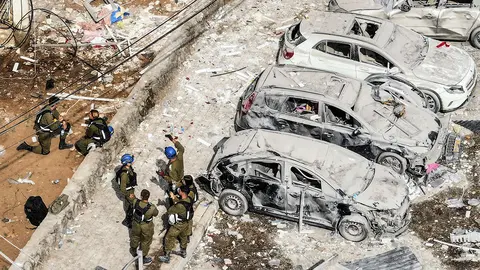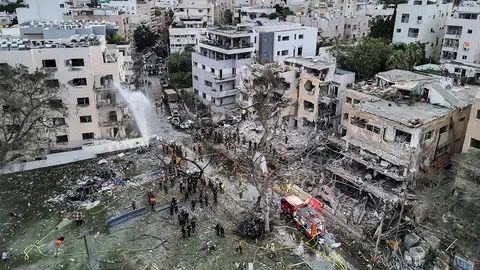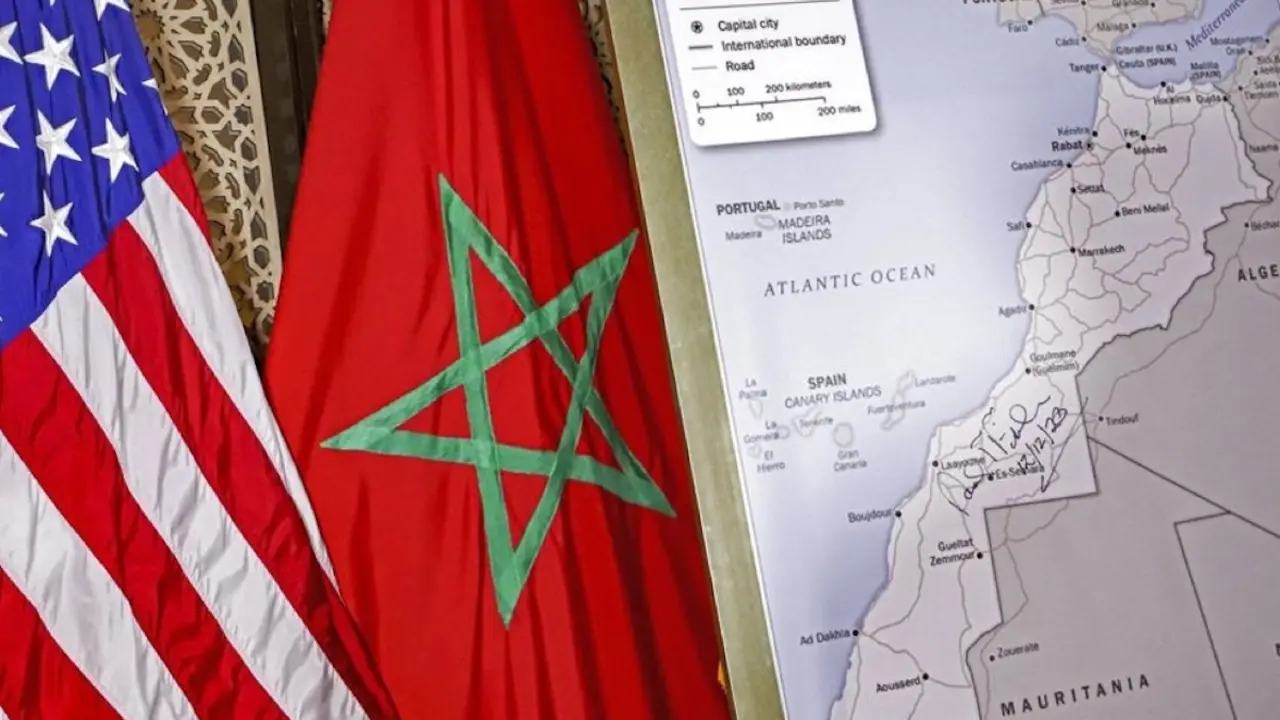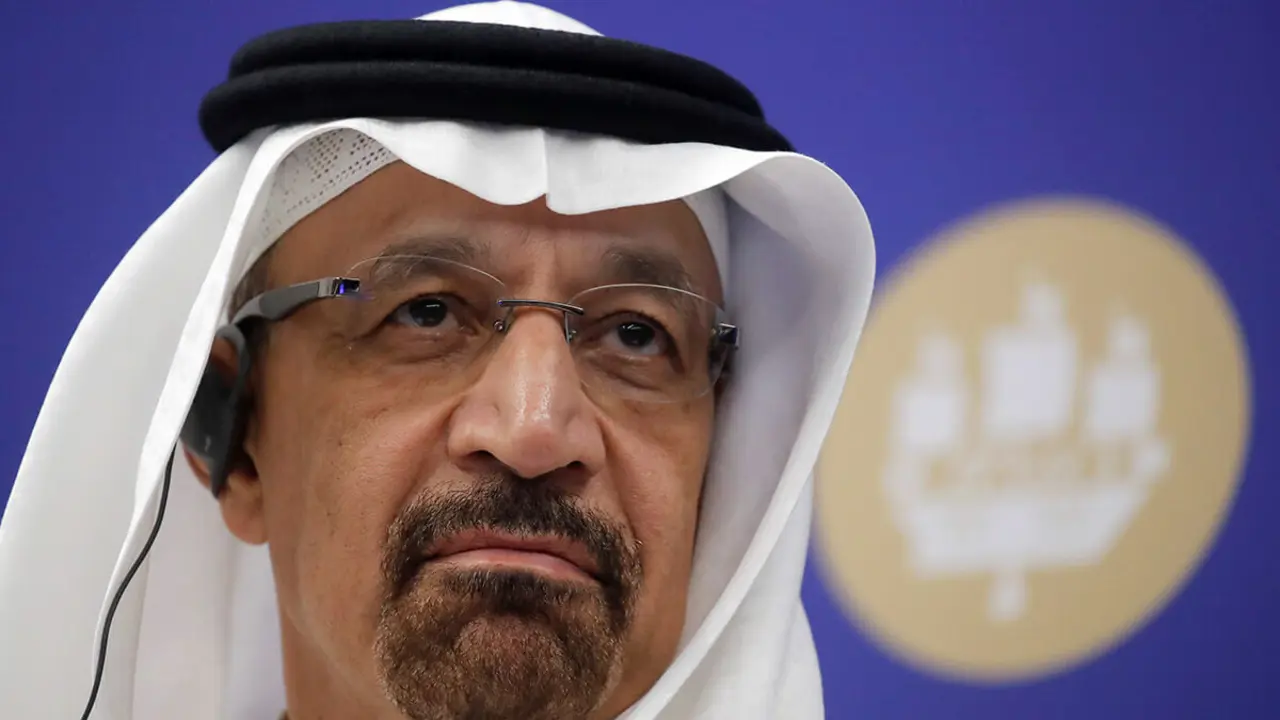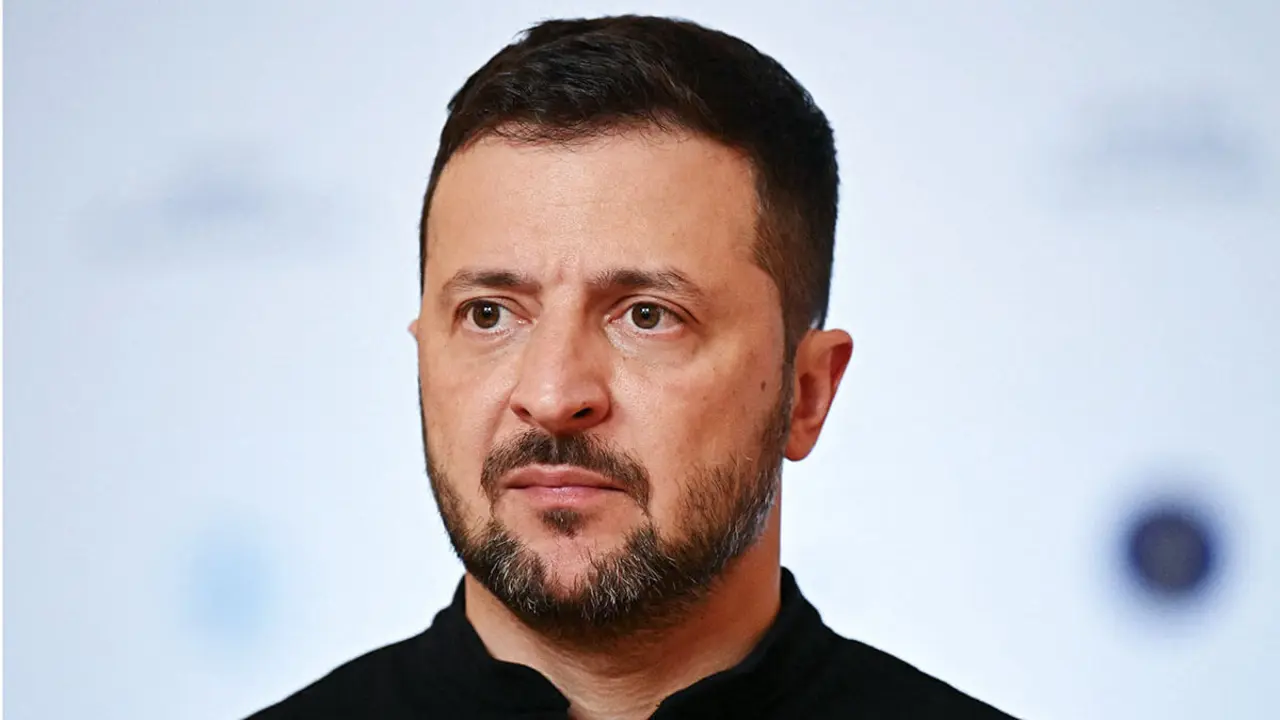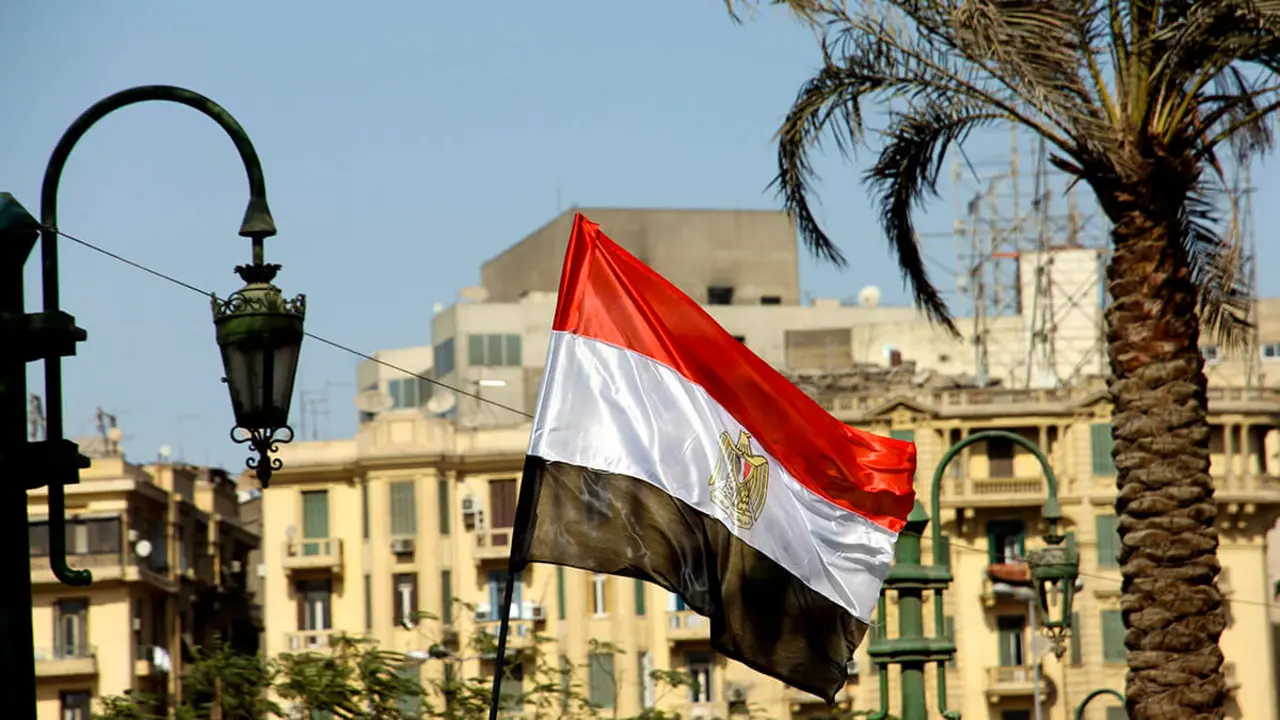The possibility of US military intervention in the escalation between Israel and Iran grows
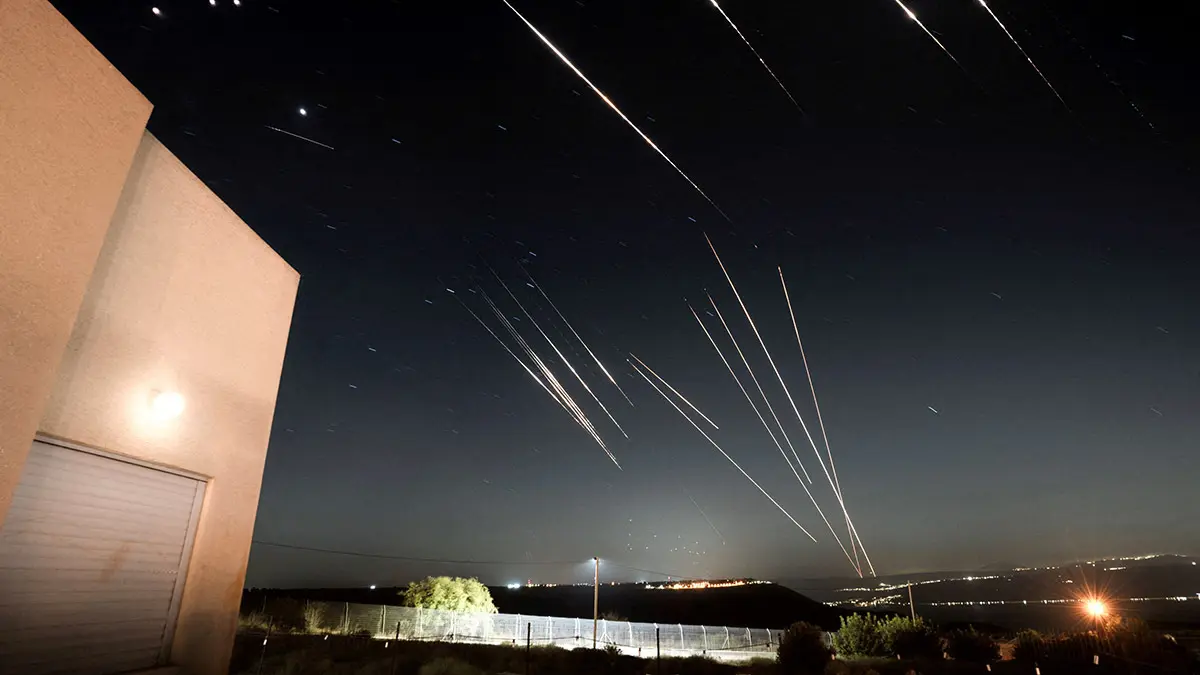
The conflict between Israel and the Islamic Republic of Iran continues to intensify without respite, entering its sixth day in an unprecedented escalation, while the real possibility of US military intervention in support of Jerusalem grows.
During the night, Israel confirmed that it had intensified its attacks: more than 50 warplanes from its Air Force bombed a centrifuge production plant in Tehran, as well as combat equipment factories, including facilities for surface-to-surface and surface-to-air missiles. According to Israeli military spokesman Avichay Adraee, these bombings are directly aimed at thwarting Iran's nuclear project and curbing Tehran's ability to produce nuclear weapons.
For its part, Iran has continued its missile and drone attacks on Israeli territory and, for the first time since the war began, has managed to hit an Israeli Air Force drone. According to the Israeli Defence Forces, no injuries were reported and there is no concern about information leaks.
Adding to the crisis are threats from US President Donald Trump, who publicly warned Tehran via his Truth Social platform that Iran must ‘surrender unconditionally’ and assured that the United States could eliminate Iranian Supreme Leader Ali Khamenei if it so chose, although he qualified this by saying that he has no intention of doing so ‘for now.’ Trump also reiterated that Washington's patience ‘is running out.’
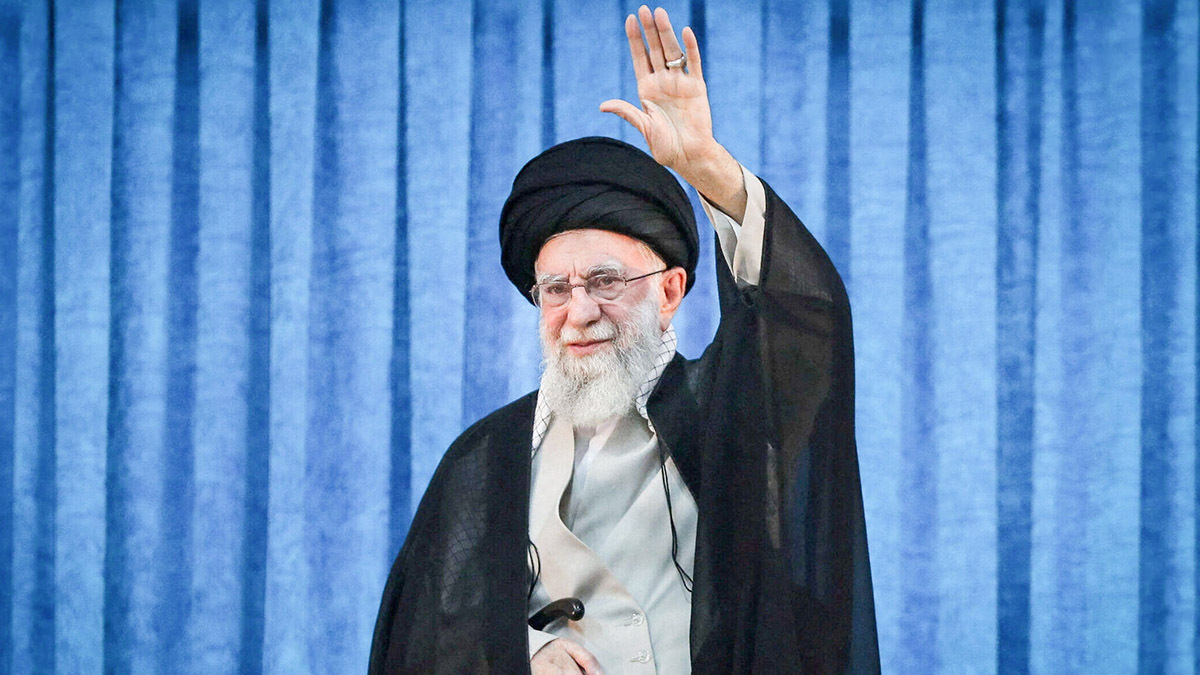
The risk of a wider regional conflict is becoming increasingly tangible. According to The New York Times, the Iranian regime has deployed missiles and equipment ready to attack US bases in the Middle East if Washington joins the Israeli offensive. For its part, the United States has deployed dozens of tanker aircraft to Europe, ready to refuel bombers and fighter jets on possible missions over Iranian territory. In this regard, Israeli sources have told Ynet that they expect the United States to soon participate in a military attack against Iran.
Amid this scenario, Crown Prince Reza Pahlavi has once again urged Iranians to overthrow the regime and ‘end this nightmare.’ ‘Now is the time to resist; now is the time to take back Iran,’ he declared, asserting that ‘what has begun is irreversible’ and that ‘the end of the Islamic Republic is near.’
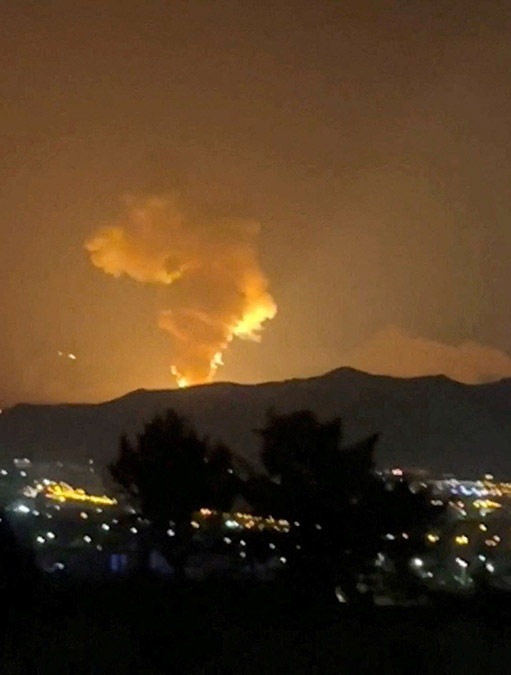
Although some analysts warn of the risks following the possible collapse of the regime, Pahlavi dismissed these fears, stressing that ‘Iran will not fall into civil war or instability.’ ‘We are prepared for the first 100 days after the fall,’ he added.
Fordow, the armoured heart of Iran's nuclear programme
Analysts agree that one of the most critical points in this standoff is the Fordow plant, located about 90 metres below a mountain range near Qom, a bunker virtually impenetrable even to Israel's most powerful bombs. This secret complex came to light in 2009, when then-President Barack Obama described it as incompatible with peaceful purposes. Since then, Fordow has been synonymous with suspicion and speculation about the true extent of Iran's nuclear programme.
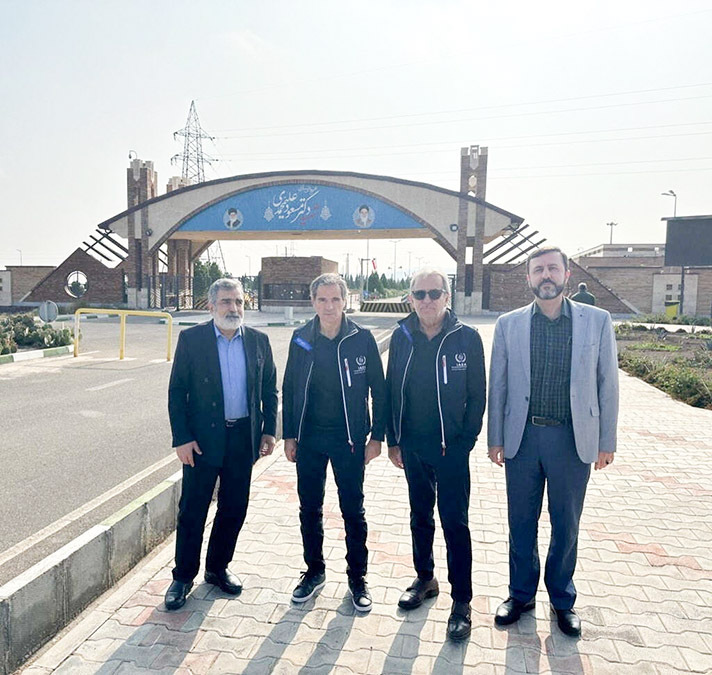
Fordow's five armoured tunnels, underground facilities and support system make it a nuclear fortress. Although the 2015 nuclear agreement temporarily limited its activity, the situation changed radically when Trump withdrew the US from the pact in 2018. Since then, the Iranian regime has reactivated and expanded its uranium enrichment, reaching levels of 60%, which would allow Tehran to have enough material to manufacture up to nine nuclear bombs in just three weeks.
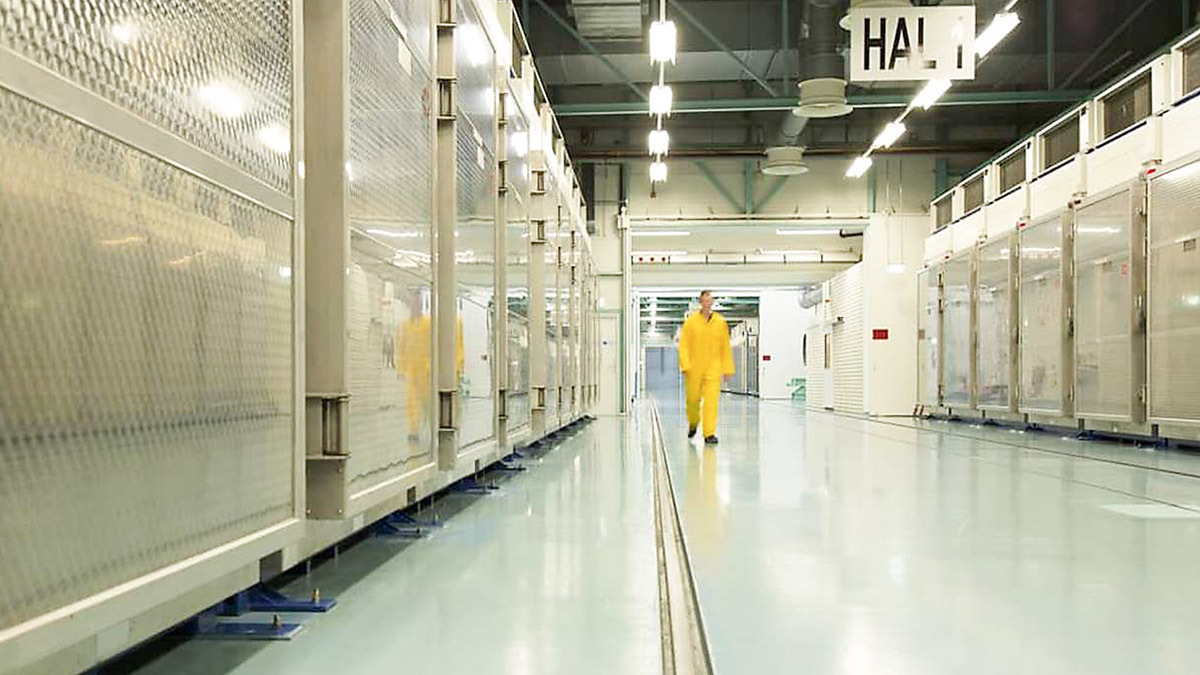
Israel's attempts to attack Fordow have hit a brick wall. Only the United States has the largest penetration bomb, the GBU-57 Massive Ordnance Penetrator, capable of penetrating up to 60 metres of fortified earth — insufficient to seriously damage Fordow — and which can only be launched by B-2 bombers, aircraft that Israel does not possess.
Meanwhile, the most viable strategy, according to analysts such as CNN's Cedric Layton, would be to disable Fordow by attacking its tunnel entrances, ventilation systems and electrical networks, paralysing its operations for months. But that would require a high-precision operation and carry a high risk of direct escalation with Iran.
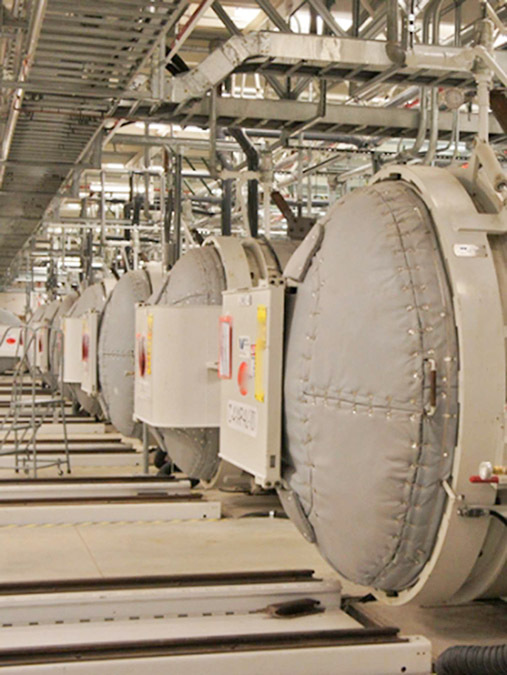
The tension surrounding Fordow and the daily exchange of fire between the two countries have set off alarm bells in the West about a possible regional conflagration that could involve Iranian-allied militias, attacks on ships in the Red Sea, and possible acts of sabotage in the Strait of Hormuz, a crucial route for global oil transport.

